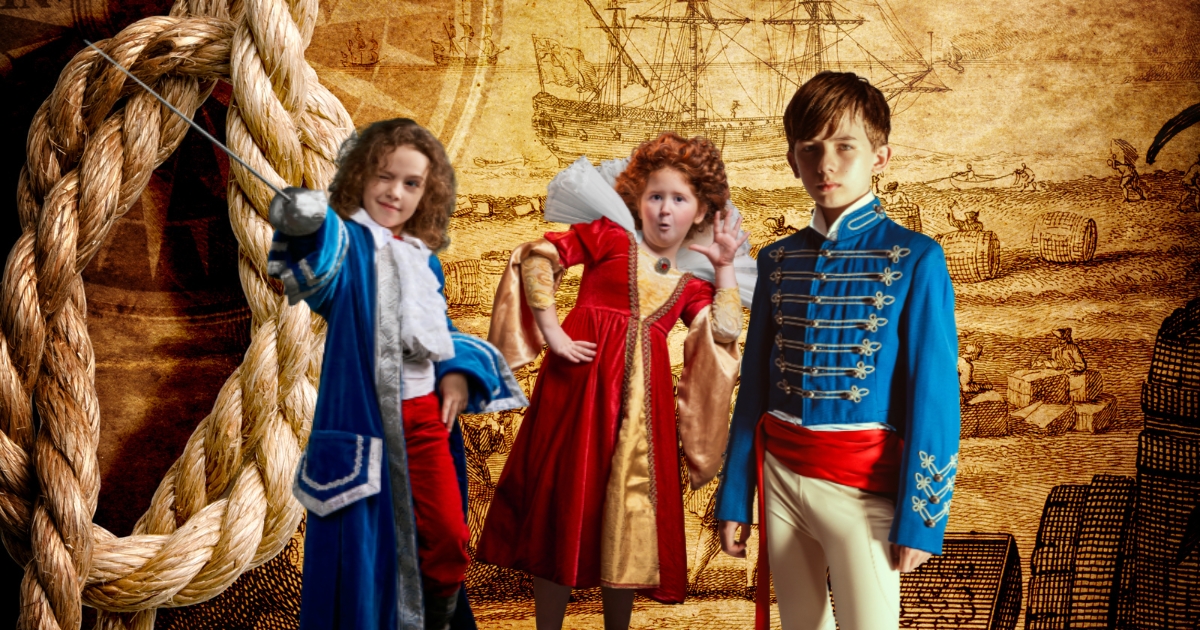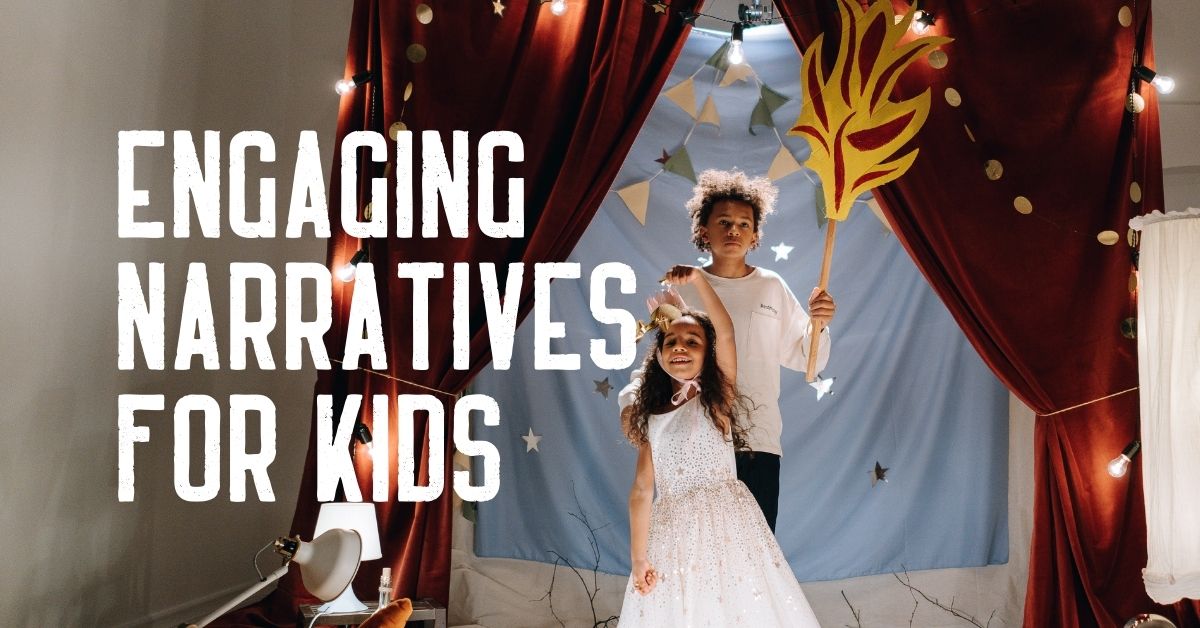Choosing the best homeschool history curriculum can feel like a monumental task when faced with the wide range of choices available. Parents want a curriculum that not only aligns with their educational goals but also holds their child’s attention and fosters a genuine interest in history. With so many factors to consider—learning styles, historical perspectives, […]











